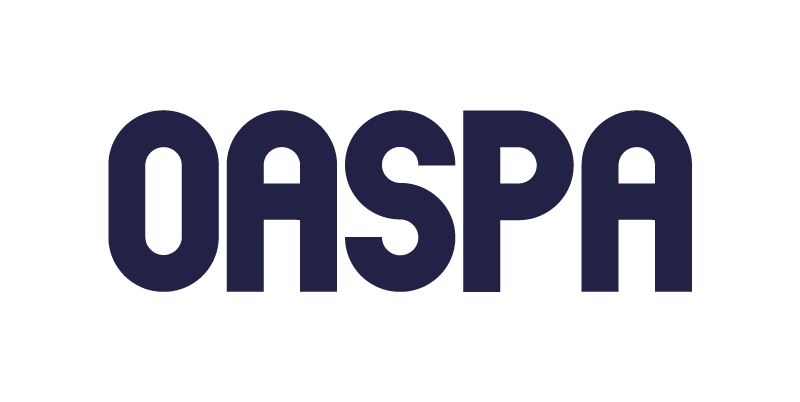Removal of Ni(II), Pb(II), and Cu(II) from Industrial Wastewater by Using NF Membrane
DOI:
https://doi.org/10.31699/IJCPE.2017.1.7Abstract
This article reviews the technical applicability of nanofiltration membrane process for the removal of nickel, lead, and copper ions from industrial wastewater.
Synthetic industrial wastewater samples containing Ni(II), Pb(II), and Cu(II) ions at various concentrations (50, 100, 150 and 200 ppm), under different pressures (1, 2, 3 and 4 bar), temperatures (10, 20, 30 and 40 oC), pH (2, 3, 4, 5 and 5.5), and flow rates (1, 2, 3 and 4 L/hr), were prepared and subjected treated by NF systems in the laboratory. Suitable NF membrane was chosen after testing a number of NF membranes (University of Technology-Baghdad), in terms of production and removal. NF system was capable of removing more than (85%, 78%, and 66% for Ni(II), Pb(II), and Cu(II) ions respectively). The permeate flux for all H.M ions for were ranges between (14 to 62 L/m2.hr). The results showed that the NF membrane was capable of treating industrial wastewater with any concentration of heavy metals ions and reducing the ion concentration to about (15, 22, and 34 ppm) for Ni(II), Pb(II), and Cu(II) ions respectively. The low level of the heavy metals concentration in the permeate implies that water with good quality could be reclaimed for further reuse. The NF membrane is characterized by efficiently H.M. ions removal medium with high productivity and very low pressure up to 1 bar, which means very little cost for NF system.
References
Surd Gergely, Arsenic "Removal from drinking water by nanofiltration", Doctoral (phD) thesis, new scientific results, (2001).
WHO, international year of fresh water. General Assembly Resolution A/RES/SS/196, (2005).
Barakat M. A. " New trends in removing heavy metals from waste water ", Arabian Journal of ChemistryVolume 4, Issue 4, Pages 361–377, (2011).
Ahmed H. Algureiri,"Experimental Study on the Influence of Operating Conditions on the Removal of Heavy Metals from Industrial Wastewater", a thesis of MSc. engineering Alnahrain university, Baghdad (2016).
Al-Jlil S.A. "Removal of heavy metals from industrial wastewater by adsorption using local bentonite clay and roasted date pits in Saudi Arabia", Trends Applied Sci. Res., 5: pages138-145, (2010).
Fenglian Fu, and Qi Wang, "Removal of heavy metal ions from wastewaters" A review, Journal of Environmental Management, vol. 92 no. 3, pages 407-418, (2011).
JunwenLv, Kai Yu Wang, and Tai-Shung Chung, "Investigation of amphoteric polybenzimidazole (PBI) nanofiltration hollow fiber membrane for both cation and anions removal, page 332, (2008).
Dow-filmtec membranes manufacturer company, Product Information Catalog, (2012).
Bhattacharyya D., and Williams M., "Theory - Reverse Osmosis", Membrane Handbook, pages 269-280, New York, (1992), cited in Williams, (2003).
Haynes W. M.,"CRC Handbook of Chemistry and Physics", CRC Press/Taylor and Francis, Boca Raton, FL, 95th Edition, (2015).
Coursey J. S., Schwab D. J., Tsai J.J., and Dragoset R. A., "Atomic Weights and Isotopic Compositions", (version 3.0), 2010, National Institute of Standards and Technology, Gaithersburg, MD,( 2014).
Murthy Z.V.P., and Latesh Chaudhari, "Application of nanofiltration for the rejection of nickel ions from aqueous solutions and estimation of membrane transport parameters", journal of hazardous materials Volume 160, Issue 1, 15, Pages 70–77, (2008).
GaoJie, "Nanofiltration membrane for Lead removal", a thesis of MSc. engineering national- university of Singapore, (2014).
Lee I. , Kuan Y. and Chern J., “ Equilibrium and kinetics of heavy metal ion exchange”, Journal of the Chinese Institute of Chemical Engineers, Vol. 38, pages 71-84 (2007).
Abhaga R.M., Wanib K.S., Patilc V.S., Pangarkara B.L., and Parjane S.B. "Nanofiltration for Recory of heavy metal ions from waste water –A Review", International Journal of Research in Environmental Science and Technology, pages 29-34, (2013).
Amir Abbas Izadpanah , and AsgharJavidnia, "The Ability of a Nanofiltration Membrane to Remove Hardness and Ions from Diluted Seawater", water, volume 4, issue 2, (2012).
Laura A. Richards, Bryce S. Richards, and Andrea I. Schäfer "Salt and inorganic contaminant removal by renewable energy powered nanofiltration/reverse osmosis", Heriot-Watt University, Edinburgh, United Kingdom Submitted to Journal of Membrane Science , vol 369, no. 1-2, pages 188-195., (2010).
Abou-Nemeh I., and Van Peteghem A. P., "Membrane recycling in the liquid surfactant membrane process", (1993).
Barakat M.A. " Removal of Cu (II), Ni (II) and Cr (III) Ions from Wastewater Using Complexation-Ultrafiltration Technique", Journal of Environmental Science and Technology, Volume 1, Issue 3, Pages 151-156, (2008).
Velinjanimthethwa," Investigation of polyethersulfone (pes) hollow fiber membrane for the treatment of acid mine drainage", Johnson matthey technology review, (2014).
Fernandez J. and Sempere," Experimental study of concentration polarization in across flow reverse osmosis system using holographic", desalination volume 257, P 36-45, issues1-3, (2010).
Downloads
Published
Issue
Section
License
Copyright (c) 2023 Iraqi Journal of Chemical and Petroleum Engineering

This work is licensed under a Creative Commons Attribution-NonCommercial 4.0 International License.












